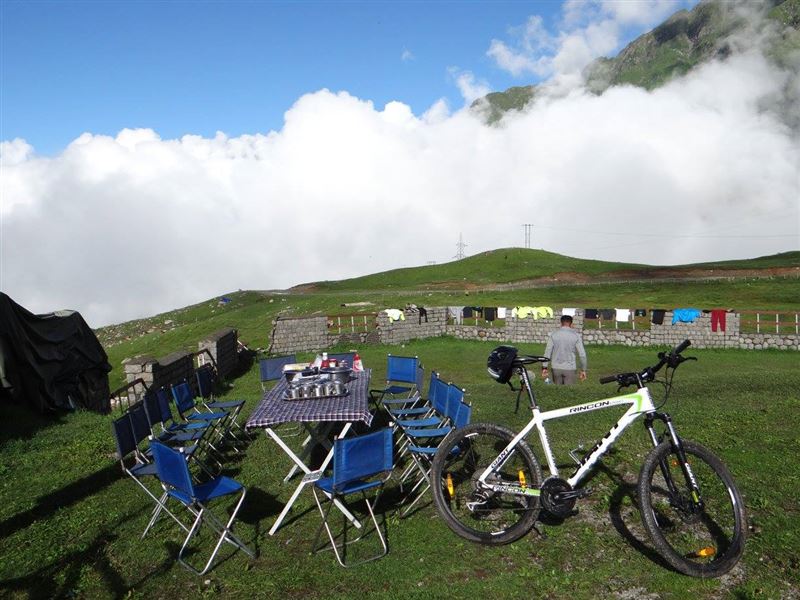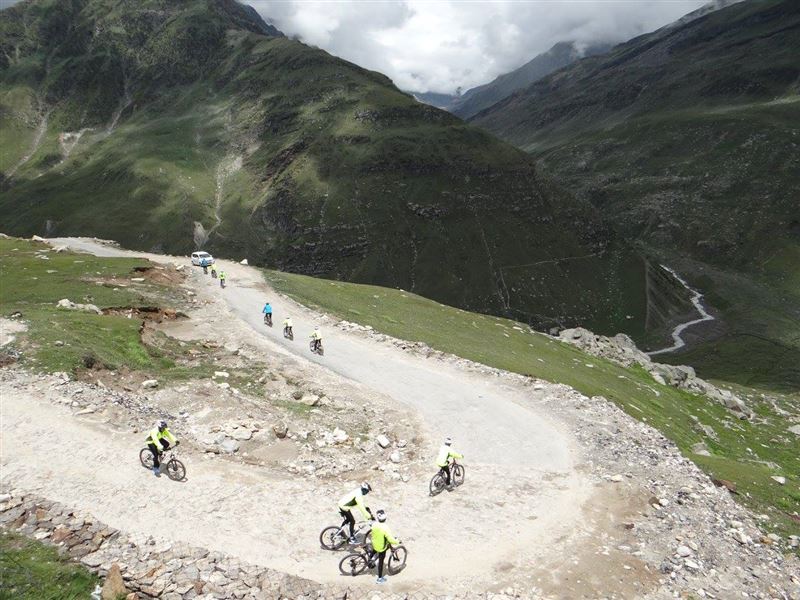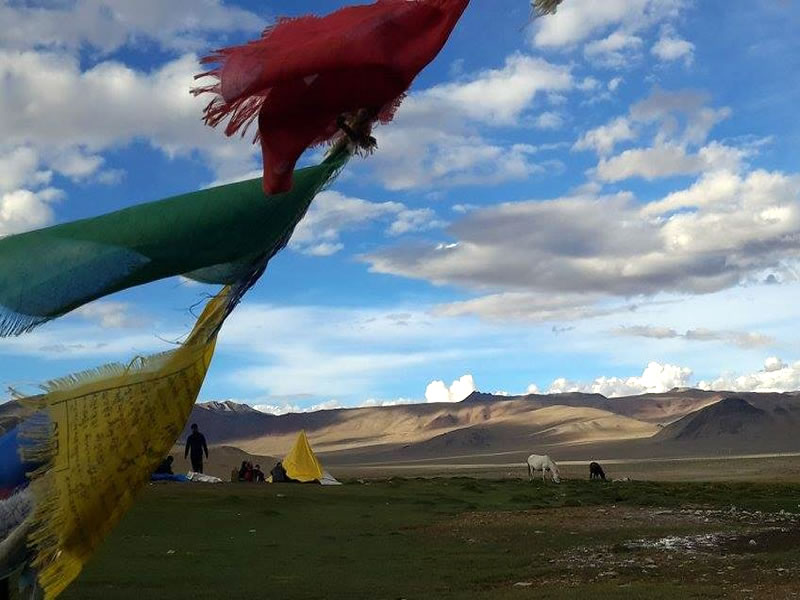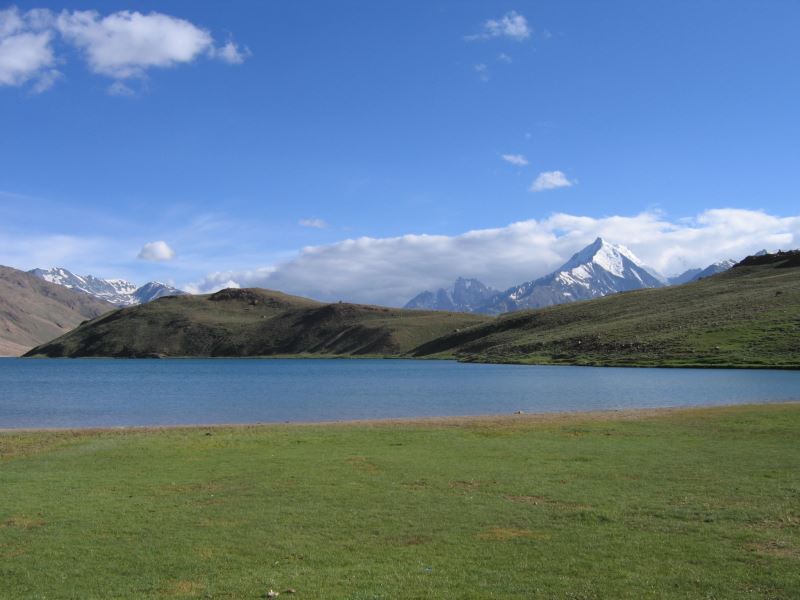- Home
- Multiple Day – Recurring
- Multiple Date – One Time
- One Day – Recurring
- One Day – One Time
- Variable Pricing
- Fixed Price / Person
- Room Based Pricing
- No Room Based Pricing
- Referral (link to external website)
- Contact
- Pages
- Features
- About
- Contact
- Team
- Product
- 404 Page
- Set 1
- Set 2
- Set 3
- Set 4
- About Us
- Portfolio Grid
- Portfolio Masonry
- Portfolio Modern
- Portfolio Side Thumbnail







